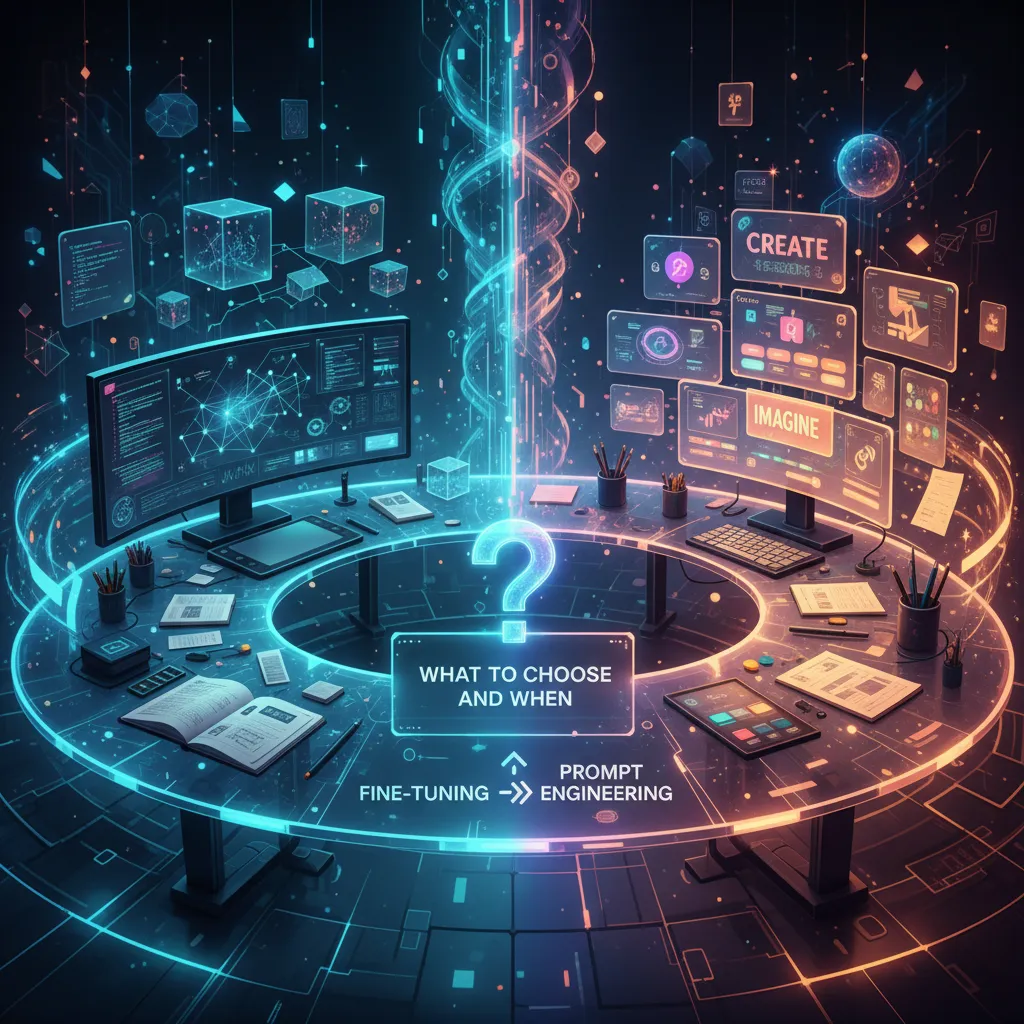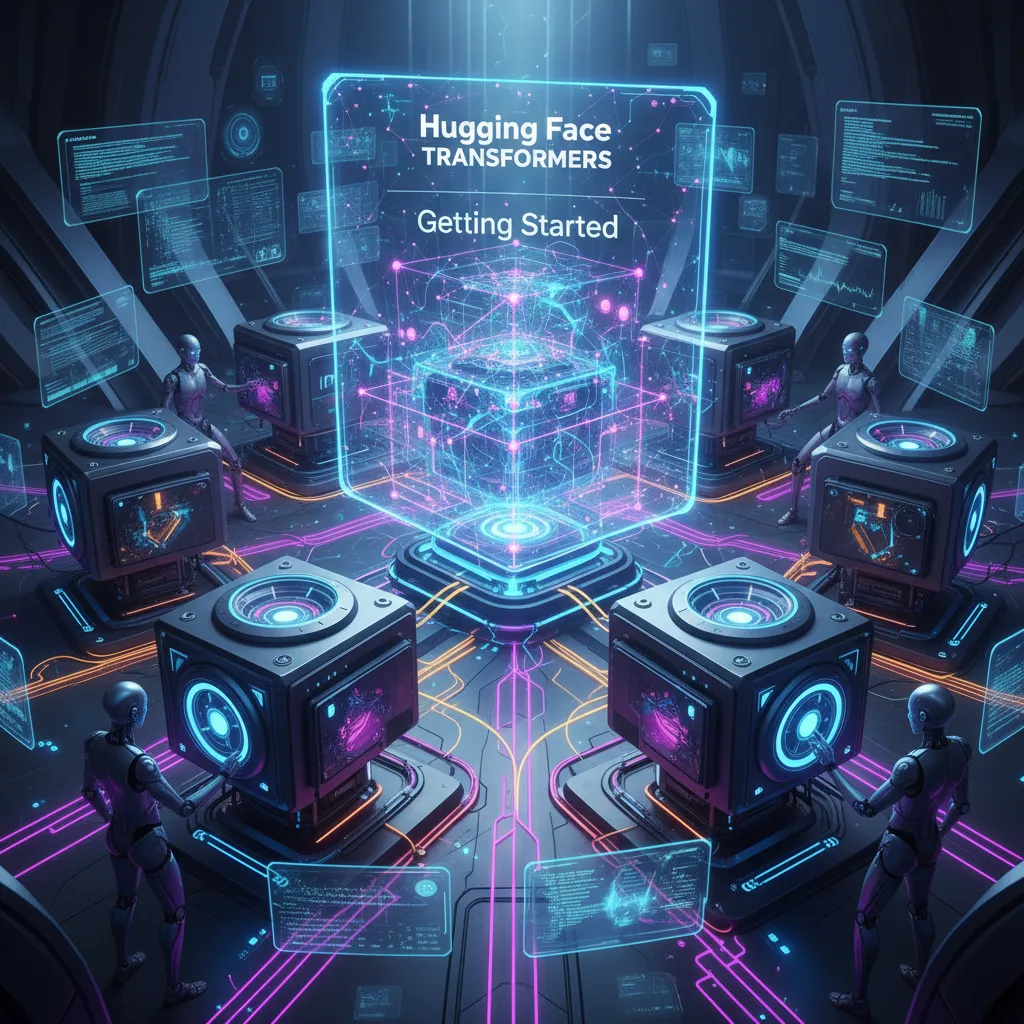Last winter, I accidentally crashed a virtual hackathon because I didn’t realize the AI everyone raved about was completely open source—and yes, it totally beat out some pricey proprietary behemoths. It got me thinking: What if these open-source foundation models are actually changing the rules of the AI game, bit by bit? If you’ve ever toyed with AI code at 2 a.m. or wondered why businesses suddenly shift their gaze from closed to open, you’ll want to stick around. Let’s unpack the surprises, stories, and future twists in this open-source AI revolution.
1. When Open-Source Foundation Models Outrun the Proprietary Giants (Even if It’s 2 a.m.)
If you asked me a year ago whether open-source foundation models could keep pace with the big-name proprietary giants, I would have hesitated. But today, the landscape is shifting fast. Open-source LLMs like Meta’s LLaMA, Google’s Gemma, and DeepSeek-R1 are not just catching up—they’re sometimes pulling ahead, especially when it comes to real-world AI model performance.
Let’s talk about the unexpected wins. I recently watched a developer friend deploy a multimodal AI system for a mid-sized business. He used an open-source LLM (LLaMA-3, to be exact) and ran it on consumer-grade hardware. The kicker? It handled text, images, and even basic audio tasks—on a shoestring budget. The proprietary alternative, which was supposed to be “best in class,” choked on the same workload and cost five times more in API fees. I couldn’t believe it until I saw the side-by-side comparison of AI models myself.
This isn’t just a fluke. Recent studies show that enterprise AI API spending has doubled in the past year. As costs climb, more organizations are turning to open-source LLMs—not just to save money, but for scalability, customization, and security. Open-source foundation models offer transparency that closed systems can’t match. Enterprises can audit, adapt, and fine-tune these models for their unique needs, all while keeping sensitive data in-house.
Meta LLaMA, Google Gemma, and DeepSeek-R1 are leading the open-source charge in 2025.
The performance gap between open-source and proprietary LLMs is shrinking—especially in enterprise settings.
Open-source LLM benefits: lower costs, better security, and full customization.
In my experience, the comparison of AI models is no longer just about raw benchmarks. It’s about flexibility, control, and the ability to innovate—even if you’re building at 2 a.m. on a tight budget. The open-source revolution is here, and it’s rewriting the rules of what’s possible with large language models.
2. The Great Debate: Customization vs. Caution—Are Open-Source Models a Free Lunch?
When it comes to open-source AI platforms, the promise of model customization is hard to resist. As a developer, I’ve seen firsthand how open-source foundation model training lets us spin our own flavor of AI—tweaking architectures, fine-tuning on niche datasets, and even adding reinforcement learning verifiers to boost reliability. This level of adaptability is a game-changer, especially for edge deployment where one-size-fits-all just doesn’t cut it.
But here’s the catch: with great flexibility comes a new set of headaches. Data privacy concerns and licensing restrictions are now front and center in every deployment discussion. I’ve watched teams scramble to verify the provenance of training data, especially when regulatory requirements are at stake. It’s not just about building a smarter model anymore—it’s about making sure you’re legally and ethically allowed to use it.
One hot topic in the open-source world is the use of reinforcement learning verifiers. These tools help ensure that customized models behave as expected, which is crucial for safety and compliance. But even with these advances, the deployment process isn’t always smooth. I still remember the day I accidentally pushed a model into production with the wrong license. Within minutes, our Slack channels lit up with legal and compliance alerts—turns out, the model’s license didn’t allow for commercial use. That “free lunch” quickly turned into a costly lesson in due diligence!
Model customization: Open-source AI platforms let developers tailor models to unique needs, from language nuances to specialized tasks.
Foundation model training: Teams can retrain or fine-tune models, but must track every dataset and code snippet for compliance.
Data privacy concerns: Using open-source models often means double-checking that no sensitive or restricted data slipped into the training set.
Licensing restrictions: Every open-source model comes with its own rules—some allow commercial use, others don’t, and the fine print matters.
Open-source models are applauded for their adaptability, but as I’ve learned, they’re not always simple to deploy. The balance between customization and caution is now a defining challenge in the AI landscape.
3. Collaboration, Community, and (Almost) Utopian AI Development: The Social Side of Going Open
When I think about open-source AI platforms like Kubeflow and MLflow, I’m reminded of my favorite late-night community Q&A sessions—where everyone brings their own questions, answers, and unique perspectives. These platforms have become the heart of AI development collaboration, powering an ecosystem where ideas are shared freely and progress happens at lightning speed.
Open-source is to AI what a potluck is to a dinner party. Everyone brings their best dish—whether it’s a new model, a data pipeline tweak, or a clever training trick. The result? A table full of surprising, innovative solutions you’d never get if just one chef was in the kitchen. This spirit of sharing is what makes open-source AI platforms so powerful for both individuals and enterprises.
Platforms like Kubeflow and MLflow are central to this movement. They offer scalable, collaborative lifecycles for building, training, and deploying models. I’ve seen firsthand how a community-driven approach can lead to fast iteration and unexpected breakthroughs. For example, when someone in the community solves a tricky deployment issue, that knowledge is instantly available for everyone to use. This is a huge benefit for enterprise AI adoption, where speed and reliability are key.
The open-source community doesn’t just stop at code. It’s a place where partnerships form between researchers, developers, and businesses. Industry collaborations are sparking innovations in Edge AI and multimodal models—areas that are tough to tackle behind closed doors. The collective intelligence of the community means that new use cases and solutions pop up all the time, often in ways no single company could have predicted.
Open-source LLM benefits: Faster innovation, broad testing, and real-world feedback.
AI development collaboration: Shared tools, pooled expertise, and fewer silos.
Enterprise AI adoption: Lower barriers, more robust solutions, and a thriving support network.
In this almost utopian environment, open-source AI is breaking boundaries—not just in technology, but in how we work and create together.
Conclusion: Beyond the Hype—Why Open Minds (and Models) Matter Most in 2025
As we look ahead to 2025, it’s clear that open-source AI is not just a passing trend—it’s a fundamental shift in the foundation model landscape. The rise of open-source foundation models has brought innovation, affordability, and transparency to the heart of the AI industry. These models are lowering barriers for developers, researchers, and businesses everywhere, making it possible for more people to contribute to—and benefit from—the next wave of AI breakthroughs.
But the story doesn’t end with easy access or cost savings. In my view, the real impact comes from the way open-source AI democratizes innovation. When code, data, and knowledge are freely shared, creativity flourishes. Yes, this openness can introduce new challenges—performance trade-offs, privacy concerns, and the need for strong community governance. Yet, these are the growing pains of a movement that is fundamentally reshaping the industry’s future.
If there’s one thing I’ve learned from watching the AI industry impact unfold, it’s that true progress happens when we lower the barriers—for code, for knowledge, and for collaboration. Sometimes, this means accepting a few bugs or unexpected outcomes along the way. But it also means unlocking the potential for uncanny innovations that no single company or closed platform could ever imagine.
Looking forward, the unpredictability and accessibility of open-source AI will become the new normal. The community’s collective intelligence will drive rapid advances, but it will also test our ability to manage risk and ensure responsible use. In 2025 and beyond, the most successful players in the foundation model landscape will be those who embrace openness—not just in their code, but in their thinking.
So, what could go wrong? Or, better yet, what amazing things might happen when AI’s doors stay wide open? As we break boundaries together, I believe the answer will be written by all of us—one contribution, one experiment, and one bold idea at a time.



